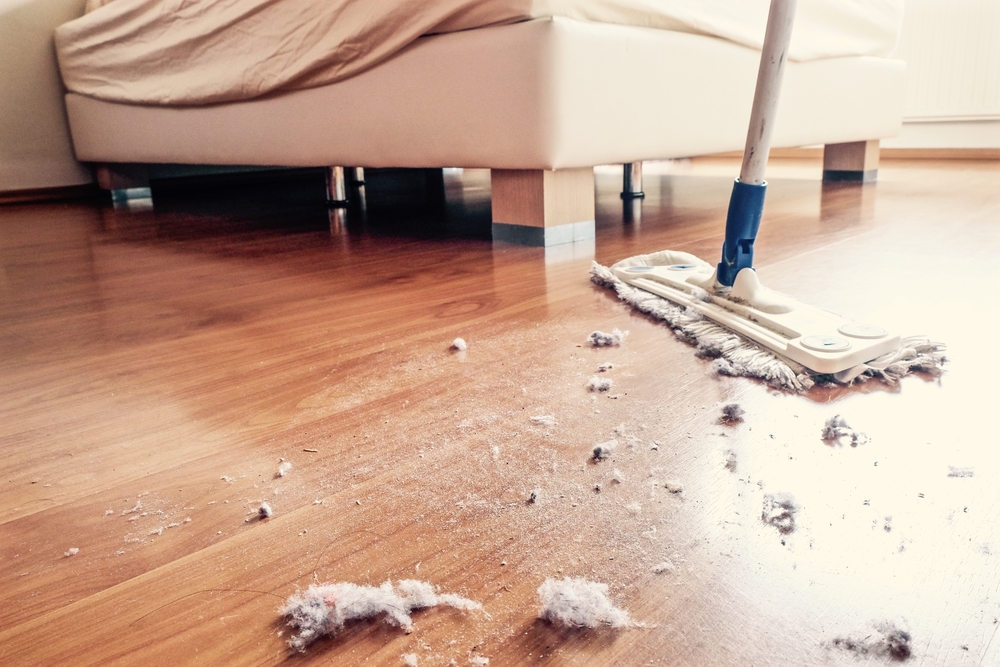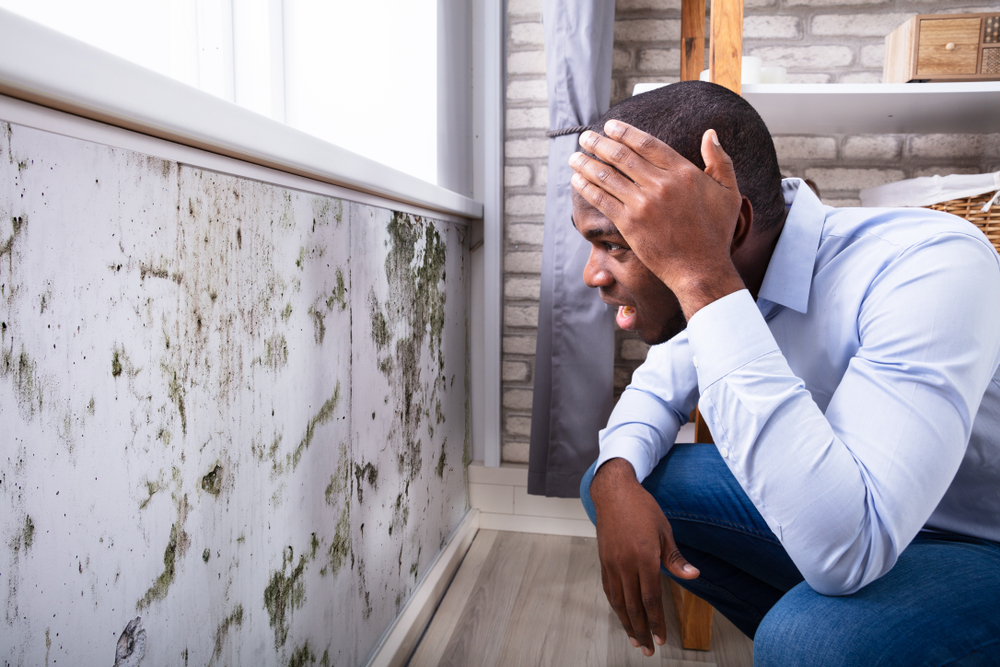
If we understand “how” a house works, we can then control the conditions that spawn poor air quality.
A healthy building is a building that is designed, constructed, renovated, and maintained to reduce the accumulation of above-normal chemical and biological off-gassing or particulates. It must be watertight, control air change per hour, and be well-ventilated. Today, let’s look closer at some ways you can make your home safer and more comfortable to stay in.
Remember: Everything is Connected
All elements of a building – the environment, the envelope, the mechanical systems and occupant activities – affect one each other, and the end result affects the performance of the house as a whole. Understanding these relationships is the secret to avoiding indoor air quality problems.
Healthy home building and renovating require making correct choices in building design, materials, ventilation, and heating.
Understanding Varieties of Airborne Contaminants
Airborne contaminants are generally divided into chemical or biological contaminants. Chemical contaminants are usually the result of off-gassing from combustion appliances, new building materials, soaps, and fragrant products. Biological contaminants are most often associated with mold, animal dander, dust mites, and pollen. Air quality improvements must address both types of airborne contaminants in order for a home to be safe, comfortable and well-suited to inhabitation by humans.
Focus on Air Moisture Content
Moisture accumulation is a serious issue that you need to address before it becomes a potential health risk. In fact, moisture conditions are often linked to biological contamination. Excessive relative humidity exceeding 60 percent RH, for instance, can introduce the growth of mold and fungal spores, lacing the air with contaminants that can make occupants ill. Maintaining between 40 to 60 percent RH is ideal for residential dwellings, ensuring the air quality remains consistent and doesn’t ever become too dry or moist. This can be achieved with updated window and door seals, inspections for leaks or sources of moisture, or the installation of a modern, energy-efficient humidifier system. This also benefits those with breathing difficulties or conditions such as asthma by ensuring the air isn’t too “heavy” with moisture content.
Cleanliness and Allergen/Dust Suppression
A healthy home should have air that is as fresh and clean as outdoors. It also shouldn’t cause irritation or other adverse health effects. Your ventilation ductwork, furnace filter and more are all susceptible to dust mite accumulation, which obstructs airflow and lowers resistance value over time. Keeping everything clean and tidy – made easier by maintaining the right amount of indoor humidity to suppress allergens further – makes all the difference. By reducing the presence of animal dander and passing the vacuum every so often, you can avoid unwanted allergic reactions more easily. Minimizing the presence of carpeting is another step we would suggest taking, as it can often trap dust mites, pollen and other allergens. A true healthy home design featuring low air change per hour, effective airflow, controlled ventilation, and proper resistance value possesses the necessary ingredients of an energy-efficient property.
Everyone is Sensitive in Different Ways to Poor Air Quality
There are many individuals who suffer from disorders that aren’t widely understood by science, such as those with fibromyalgia and chronic fatigue syndrome. They’re more sensitive to indoor air quality and atmospheric conditions, meaning a home with poor-quality air could make them seriously ill. Also, consider the fact that children breathe more air per body weight compared to grown adults, and many at a younger age have undeveloped immune systems. In addition to pregnant women and the elderly, they form a very large percentage of the population more susceptible to the effects of pollutants and airborne infectious bacteria.
The goal of owning a healthy home is focused on three principles: Isolate, separate, and ventilate. With these tips in mind and a determination to make the best possible choices for your household, improving your indoor air quality is entirely possible. For further assistance, reach out to our team at IAQ for thorough inspections to determine the best course of action.
And remember these important concepts: Keep it dry, clean, ventilated, and healthy!






